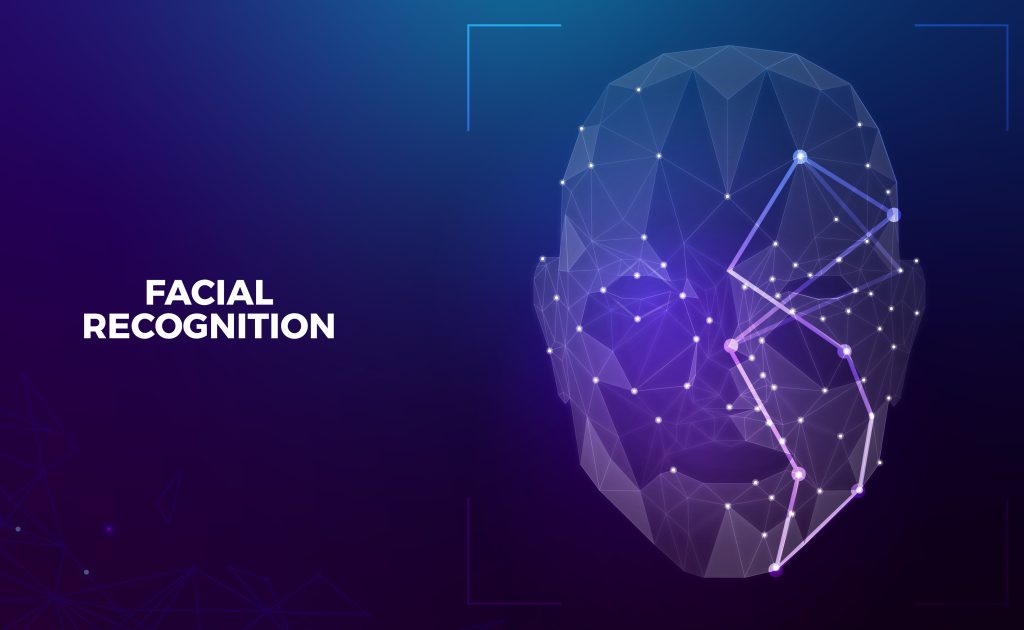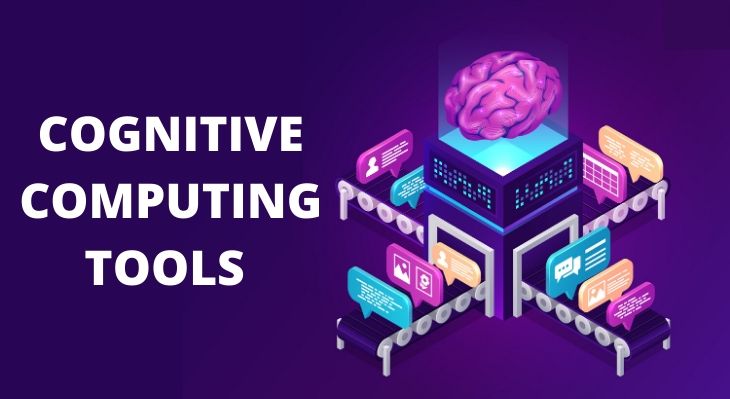What are Predictive Analytics Tools?
Predictive analytics is a data technology for harnessing company data, detecting patterns, and helping businesses prepare for possible events. Businesses use dedicated software, including business intelligence and advanced analytics platforms, to visualize predictions. These days nearly every enterprise wants to have predictive analytics capabilities to better understand their future possibilities. This enterprise expectation corresponds with a growing interest in Big Data and artificial intelligence solutions – both of which support predictive analytics.
Here are ten popular predictive analytics tools:
- IBM Watson Studio
- Microsoft Azure Machine Learning
- Google Cloud AI Platform
- RapidMiner
- SAS Predictive Analytics
- KNIME
- Alteryx
- DataRobot
- H2O.ai
- TIBCO Spotfire
1. IBM Watson Studio:
IBM Watson Studio enables users to build, run, and manage AI models at scale across any cloud. The product is a part of IBM Cloud Pak for Data, the company’s main data and AI platform. The solution lets you automate AI lifecycle management, govern and secure open-source notebooks, prepare and build models visually, deploy and run models through one-click integration, and manage and monitor models with explainable AI. IBM Watson Studio offers a flexible architecture that allows users to utilize open-source frameworks like PyTorch, TensorFlow, and scikit-learn.
Key features:
- Data Preparation: Watson Studio provides tools for data ingestion, cleansing, and transformation. It allows users to connect to various data sources, explore data visually, and perform data-wrangling tasks to prepare the data for analysis.
- Visual Modeling: The platform offers a visual modeling environment that allows users to build predictive and machine-learning models using a drag-and-drop interface. It supports a wide range of algorithms and provides automated machine-learning capabilities.
- Collaboration and Versioning: Watson Studio enables collaboration among data scientists and teams. It provides features for sharing and reusing assets, tracking changes, and managing project versions. It facilitates collaboration and knowledge sharing within an organization.
2. Microsoft Azure Machine Learning:
Microsoft has long been a leader in various analytics capabilities through its Power BI analytics platform and Excel, which has become the analytics front end of choice for most business users. The company’s Azure Machine Learning complements these core tools with capabilities for managing the complete predictive analytics lifecycle. Supporting tools include Azure Data Catalog, Azure Data Factory and Azure HDInsight.
Key features:
- Automated Machine Learning (AutoML): Azure Machine Learning offers automated machine learning capabilities that simplify and accelerate the model development process. It automates tasks such as data preprocessing, feature selection, algorithm selection, and hyperparameter tuning to help users build optimal models with minimal effort.
- Model Development and Experimentation: The platform provides a workspace for data scientists to develop and experiment with machine learning models. It offers a wide selection of algorithms and supports popular programming languages like Python and R. Users can leverage Jupyter notebooks for interactive model development and exploration.
- Data Preparation and Feature Engineering: Azure Machine Learning provides tools for data ingestion, cleansing, and feature engineering. Users can connect to various data sources, apply data transformations, and perform feature engineering tasks to prepare the data for analysis.
3. Google Cloud AI Platform:
Google Cloud AI offers one of the largest machine learning stacks in the space and offers an expanding list of products for a variety of use cases. The product is fully managed and offers excellent governance with interpretable models. Key features include a built-in Data Labeling Service, AutoML, model validation via AI Explanations, a What-If Tool which helps you understand model outputs, cloud model deployment with Prediction, and MLOps via the Pipeline tool.
Key features:
- Managed Jupyter Notebooks: AI Platform provides a managed Jupyter Notebook environment, which allows data scientists to perform interactive and collaborative model development. It offers pre-configured environments with access to popular libraries and frameworks, making it easy to experiment with and iterate on models.
- Distributed Training: The platform supports distributed training, allowing users to train models on large datasets or complex architectures. It leverages Google’s distributed computing infrastructure to accelerate training and achieve faster results.
- AutoML: Google Cloud AI Platform offers AutoML capabilities, which allow users to automate the process of building machine learning models. It includes AutoML Vision, AutoML Natural Language, AutoML Tables, and other specialized services that simplify model development and deployment.
4. RapidMiner:
RapidMiner is a predictive analytics dashboard that is capable of forecasting, fraud detection, churn prevention, and a variety of other data capabilities. Its data science platform gives users access to technology like AI app building, model creation, and governance management, according to its site. RapidMiner also provides customers with a variety of plugins like Python scripting, web mining and text processing, and other extensions to amplify their data research.
Key features:
- Data Preparation: RapidMiner provides intuitive tools for data ingestion, integration, cleansing, and transformation. Users can connect to various data sources, apply data cleaning operations, and perform feature engineering tasks to prepare the data for analysis.
- Visual Workflow Design: The platform offers a visual workflow interface that allows users to design data pipelines and analytic processes using a drag-and-drop approach. Users can create complex data workflows without the need for coding, making it accessible to both technical and non-technical users.
- Pre-built Operators: RapidMiner provides a rich library of pre-built operators, which are modular building blocks for data manipulation, modeling, and evaluation. These operators cover a wide range of data science tasks, such as data preprocessing, feature selection, predictive modeling, and evaluation.
5. SAS Predictive Analytics:
SAS offers a comprehensive suite of predictive analytics tools, including SAS Enterprise Miner and SAS Visual Data Mining and Machine Learning. These tools provide advanced analytics capabilities for data exploration, modeling, and deployment.
Key features:
- Data Preparation: SAS provides a variety of data preparation tools to access, cleanse, transform, and integrate data from multiple sources. Users can perform tasks such as data profiling, data quality assessment, and data transformation to ensure data readiness for analysis.
- Advanced Analytics Algorithms: SAS Predictive Analytics offers a wide range of advanced analytics algorithms, including regression, decision trees, neural networks, clustering, and time series forecasting. These algorithms can be applied to various types of data and business problems to uncover patterns, relationships, and predictions.
- Model Development and Evaluation: The platform allows users to build and evaluate predictive models using a variety of statistical techniques. It provides tools for model development, including variable selection, model comparison, and model diagnostics. Users can assess model performance using various evaluation metrics.
6. KNIME:
KNIME Analytics is an open-source platform for creating data science. It enables the creation of visual workflows via a drag-and-drop-style graphical interface that requires no coding. Users can choose from more than 2000 nodes to build workflows, model each step of the analysis, control the flow of data, and ensure work is current. KNIME can blend data from any source and shape data to derive statistics, clean data, and extract and select features. The product leverages AI and machine learning and can visualize data with classic and advanced charts.
Key features:
- Powerful Analytics
- Data & Tool Blending
- Open Platform
- Over 1000 Modules and Growing
- Connectors for all major file formats and databases
- Support for a wealth of data types: XML, JSON, images, documents, and many more
- Native and in-database data blending & transformation
- Math & statistical functions
- Advanced predictive and machine learning algorithms
- Workflow control
- Tool blending for Python, R, SQL, Java, Weka, and many more
- Interactive data views & reporting
7. Alteryx:
Alteryx is an end-to-end predictive analytics platform that incorporates machine learning principles to help clients easily build forecasting data models. Like other platforms on this list, Alteryx offers collaboration capabilities but is also built so that users without a coding background can still access insights. The company also offers an analytics process automation platform so that users can unify all their data science and analytics operations in one central location, making monitoring and deployment more straightforward.
Key features:
- Data Blending and Preparation: Alteryx provides a drag-and-drop interface for data blending and preparation tasks. Users can easily combine data from multiple sources, cleanse and transform data, and handle missing or inconsistent values. It offers a wide range of data manipulation tools to prepare data for analysis.
- Workflow Designer: Alteryx’s visual workflow designer allows users to create complex data workflows without the need for coding. It enables users to visually design data pipelines, automate tasks, and control the flow of data and operations. Workflows can be saved and reused for consistent data processing.
- Advanced Analytics and Predictive Modeling: The platform offers a variety of advanced analytics and predictive modeling capabilities. Users can perform statistical analysis, build predictive models, and apply machine learning algorithms to uncover patterns and make data-driven predictions.
8. DataRobot:
DataRobot offers an enterprise AI platform that automates the end-to-end process for building, deploying, and maintaining AI. The product is powered by open-source algorithms and can be leveraged on-prem, in the cloud, or as a fully-managed AI service. DataRobot includes several independent but fully integrated tools (Paxata Data Preparation, Automated Machine Learning, Automated Time Series, MLOps, and AI applications), and each can be deployed in multiple ways to match business needs and IT requirements.
Key features:
- Automated Machine Learning (AutoML): DataRobot automates the process of building machine learning models, from data preprocessing to model selection and hyperparameter tuning. It uses advanced algorithms and techniques to automatically search and evaluate thousands of possible model combinations, saving time and effort for data scientists.
- Feature Engineering: The platform offers a range of automated feature engineering capabilities. It analyzes and transforms raw data into more meaningful and predictive features, reducing the manual effort required for feature engineering tasks. It includes techniques such as one-hot encoding, text processing, and dimensionality reduction.
- Model Selection and Ensemble Learning: DataRobot evaluates a wide range of machine learning algorithms and automatically selects the best-performing models for a given task. It also employs ensemble learning techniques, combining multiple models to improve prediction accuracy and robustness.
9. H2O.ai:
H2O.ai is a cloud-based predictive analytics tool that uses AI and machine learning technology to help customers build scale data models and forecast future data trends. The platform can handle data prediction types like metric learning, time series forecasting, text classification, and regression, according to its site. H2O.ai’s advantage is its open-source model, which makes it a more flexible and scalable solution than other proprietary models. Its AI capabilities can also predict bias in datasets and give users the ability to control the parameters of their data analysis in case they want to hone in on specific small models.
Key features:
- Automated Machine Learning (AutoML): H2O.ai provides AutoML functionality, automating the process of building and tuning machine learning models. It automatically explores various algorithms, hyperparameters, and feature combinations to find the best model for a given task. It saves time and effort for data scientists by handling the repetitive tasks of model selection and optimization.
- Distributed Computing: H2O.ai leverages distributed computing to process large volumes of data and build complex machine-learning models. It can harness the power of distributed clusters, making it scalable and efficient for handling big data and performing parallel computations.
- Wide Range of Algorithms: The platform offers a diverse set of machine learning algorithms, including linear regression, decision trees, random forests, gradient boosting, deep learning, and more. It covers a broad spectrum of modeling techniques, enabling users to choose the most suitable algorithm for their specific tasks.
10. TIBCO Spotfire:
TIBCO offers an expansive product portfolio for modern BI, descriptive and predictive analytics, and streaming analytics, and data science. TIBCO Data Science lets users do data preparation, model building, deployment, and monitoring. It also features AutoML, drag-and-drop workflows, and embedded Jupyter Notebooks for sharing reusable modules. Users can run workflows on TIBCO’s Spotfire Analytics and leverage TensorFlow, SageMaker, Rekognition, and Cognitive Services to orchestrate open source.
Key features:
- Interactive Data Visualization: Spotfire offers interactive and dynamic visualizations, allowing users to explore and analyze data through charts, graphs, and dashboards. Users can easily interact with the visualizations, drill down into specific data points, and discover insights.
- Data Connectivity: Spotfire supports connectivity to a wide range of data sources, including databases, spreadsheets, cloud platforms, and big data sources. Users can connect to multiple data sources simultaneously and perform real-time data analysis.
- Data Wrangling and Preparation: The platform provides tools for data wrangling and preparation, enabling users to clean, transform, and reshape data. Users can handle missing values, merge datasets, apply filters, and create calculated columns to prepare the data for analysis.


